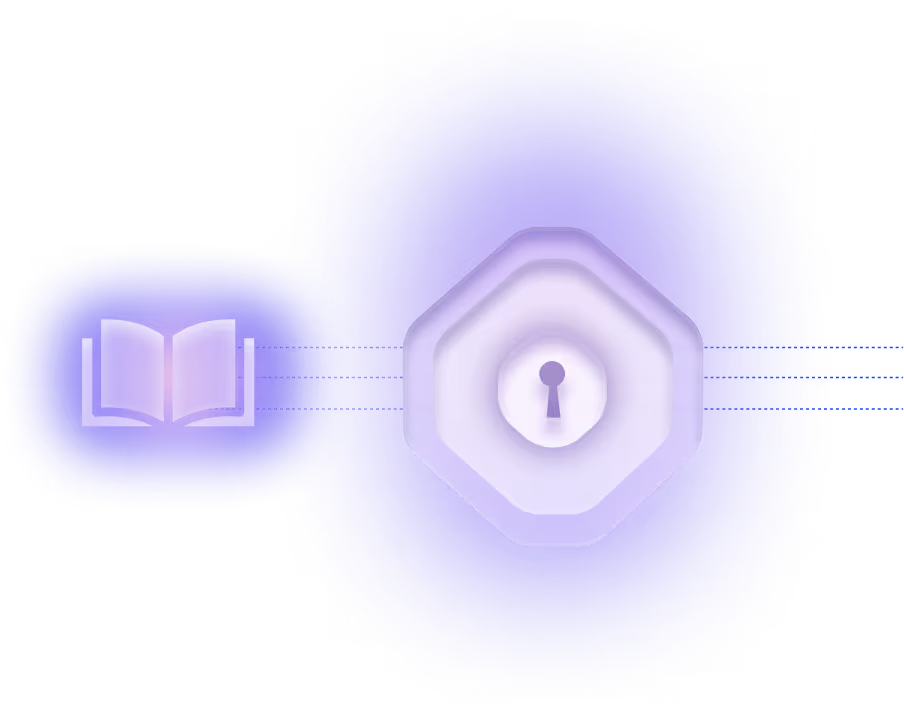SSO

What is SSO?
Single Sign-On (SSO) is a foundational identity and access management (IAM) mechanism that allows users to authenticate once and gain access to multiple systems or applications without re-authenticating. Traditionally used to streamline human user login experiences, SSO uses protocols such as SAML, OAuth, and OpenID Connect (OIDC) to centrally manage credentials, session tokens, and authorization flows. It reduces password fatigue, enhances user productivity, and simplifies access governance.
Why is it important?
SSO plays a critical role in both security and operational efficiency. By centralizing authentication, it reduces the attack surface associated with password sprawl, enforces stronger policy controls (e.g., MFA, conditional access), and improves auditability. For enterprises operating in hybrid or multi-cloud environments, SSO enables consistent identity enforcement across diverse platforms. However, its importance becomes even more pronounced when extended to non-human identities (NHIs), where traditional IAM controls often fall short.
What are common applications or use cases?
In practice, SSO is widely used to authenticate employees into enterprise SaaS platforms (e.g., Salesforce, Microsoft 365) and cloud services (e.g., AWS, GCP). For NHIs—such as service accounts, microservices, and AI agents—SSO supports machine-to-machine authentication via short-lived tokens, certificate-based authentication, and signed assertions. For example, an AI-driven procurement bot may use OAuth 2.0 device flow to authenticate securely, receiving a scoped token valid for only a few minutes to retrieve unpaid invoices.
What is the connection to NHIs (Non-Human Identities)?
Applying SSO to NHIs introduces unique challenges. Unlike humans, NHIs cannot use interactive authentication or MFA. They often rely on static credentials, which are difficult to monitor and easy to misuse. SSO for NHIs requires non-interactive, cryptographic authentication methods—such as X.509 certificates, hardware-backed tokens, or mutual TLS—that integrate with automated workflows. Additionally, NHIs benefit from identity federation, short-lived credentials, and behavioral access controls to ensure least-privilege access in dynamic environments.
Are there any notable industry data, trends, or standards?
Yes. Industry reports show that NHIs now outnumber human users by over 45:1, and 68% of cloud breaches involve compromised machine credentials. Standards such as AWS IAM Roles Anywhere and Google’s Workload Identity Federation support SSO for workloads without long-lived secrets. Furthermore, emerging regulations like the proposed EU AI Identity Act are beginning to require SSO audit trails, cryptographic attestation, and breach reporting for high-risk NHIs. Quantum-resistant algorithms and federated identity models are also gaining traction to future-proof these protocols.
What is the broader impact or takeaway?
As automation, AI, and cloud-native architectures become central to enterprise operations, securing NHIs through robust SSO mechanisms is no longer optional—it is essential. A well-implemented SSO strategy for NHIs reduces credential sprawl, enforces Zero Trust principles, and supports regulatory compliance, all while enabling secure, scalable digital transformation. Organizations that modernize their identity infrastructure to include NHI-specific SSO will be better positioned to prevent breaches, govern access, and maintain operational resilience in complex, distributed environments.





